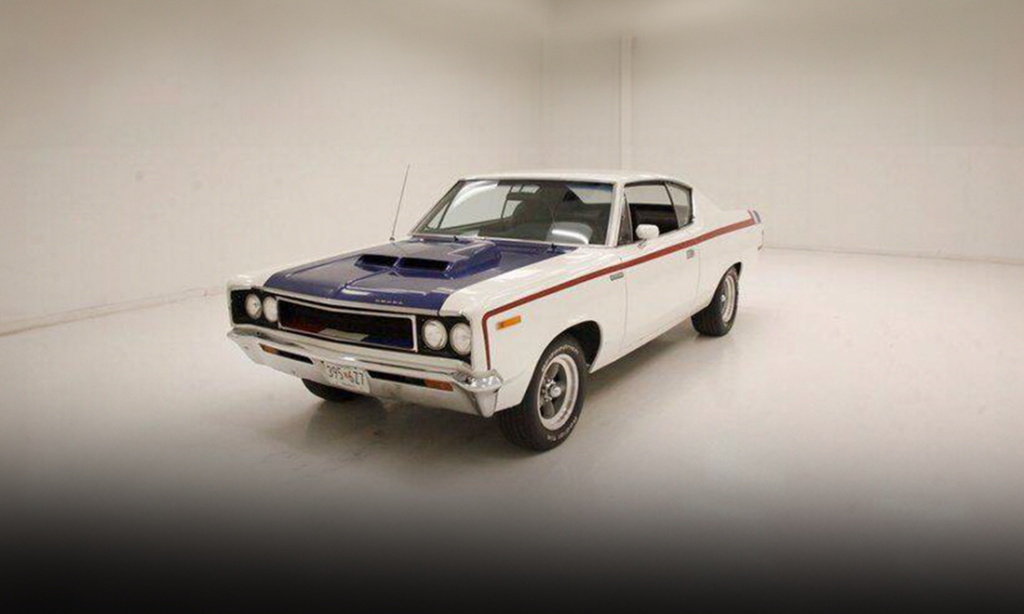Remembering Scion and its Cars
Scion might not have stuck around as a brand but it made a significant mark on the way Toyota attracted buyers and changed its image.

When Toyota was worried about being a brand that only middle-aged people would buy, Scion came in and changed the narrative.
In the late 1990s, Toyota was a successful brand with a problem. Its biggest demographic was middle-aged individuals around 45 years old. If there’s one thing that we constantly hear as a stereotypical criticism about car brands it’s that they’re old-persons cars right? Toyota wanted nothing to do with that perception and started working hard to change the way its brand was perceived. What it didn’t know is just how it would accomplish that goal. Here’s the story of how its own offshoot brand Scion redefined the whole brand.
Why Scion?

In 1999, articles in various publications including Forbes and the L.A.Times highlighted Toyota’s dilemma. They had too many products under their brand name and they felt like adding another wasn’t going to push the needle far enough. They had tried similar tactics by offering cars like the Echo, the Celica, and the MR2, none of which were hugely successful.
Junzo Shimizu, president of one Toyota division at the time said “if we simply add one more nameplate, it’s very difficult to communicate it to the younger customer. But if we can offer a series of products that present a way of life to young people, it may work.” So that’s exactly what Toyota did. They created an all-new subdivision with all-new branding in the hopes of making a much bigger impact than the lineup had in the past. That brand was Scion and it was launched at the 2002 New York Auto Show before it went into production for the 2004 model year.
The Cars That Launched The Brand

The first two cars to make it to dealerships under the new brand were the xB and xA. Each one made sincerely deep impacts due to dramatic departures from more traditional styling that don’t look vastly outdated even today. Both were built on the same platform as the Toyota Echo and used the same motor.
Scion also introduced a new sales format for the brand. First, it pitched something called “Pure Pricing” which meant that buyers were expected to pay the sticker price to avoid haggling with dealers. In addition, Scion’s didn’t have trims. Instead, a huge catalog of individual options and accessories was offered to customers so that they could completely customize their rides.

As the more reserved of the pair, the xA offered a sleek four-door economy car with soft lines and a sharper nose. Inside, it was a much more refined vehicle than its xB sibling. It was quieter, handled a little better, and wasn’t as polarizing either.
The xB was the real shocker. It was far boxier than anything else on the market and that ability to stand out continues to make it a desirable car in the used-car market. The practical benefits shouldn’t be overlooked though. It was physically longer than the xA and thus offered a lot more interior space.

A year later, the tC arrived on the scene with a more sport-car shape and an optional supercharger that boosted output to 200-horsepower. It was just as well received and total sales of all three models totaled more than 170,000 units in 2006. Sadly though, Scion wouldn’t see that initial success continue for very long.
The Downfall

By 2011, all three Scion models had seen updates including the discontinuation of the xA in favor of a similar vehicle called the xD. The trouble was that the youthful vibe of all three vehicles waned as the years had gone on. The updated models were less edgy and sales slumped to 45,000 in 2010 as the buyer demographic shifted back towards older individuals.
Toyota tried to reinvigorate the Scion brand by offering its first rear-wheel drive model, the FR-S sports car in 2013 and the very quirky iQ in 2011. While the FR-S was immediately a hit among enthusiasts, neither one was strong enough to save Scion. Toyota continued to try to keep it alive through 2015 by offering more models like the iA and the iM but nothing worked. In February of 2016, Toyota announced that the brand would be phased out and that models would either join the Toyota fold or be discontinued.

Today, some of those lines still exist in the form of the Toyota C-HR, the GR 86, and the Corolla hatchback. Even today, some Scion models are well regarded in the used car market thanks to their unique styling, unique features, and Toyota reliability. The latest data that we can confirm indicates that the average Toyota buyer is around 40 years old today so Scion wasn’t totally unsuccessful in adding a little bit of youthful energy to the brand.









